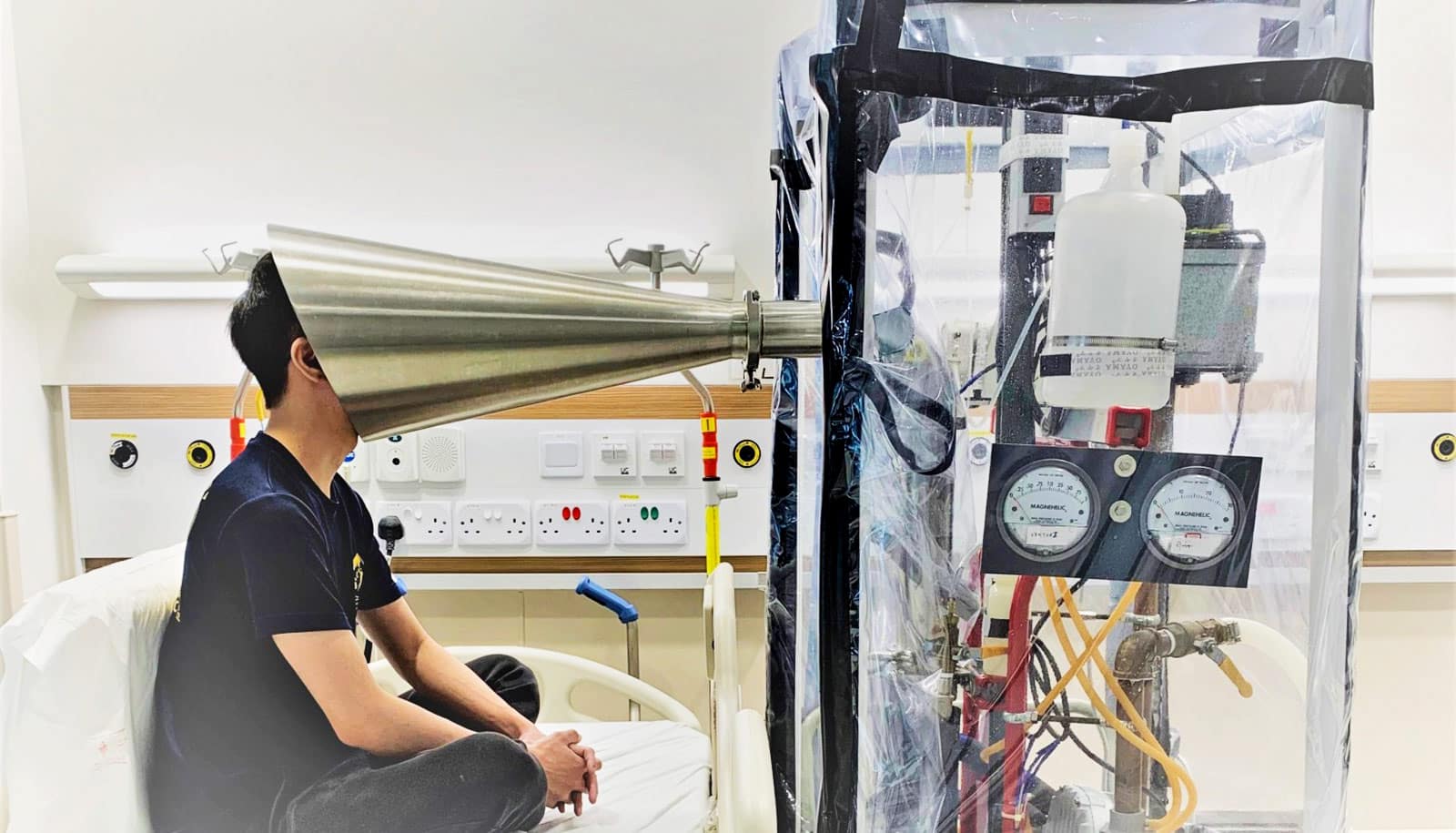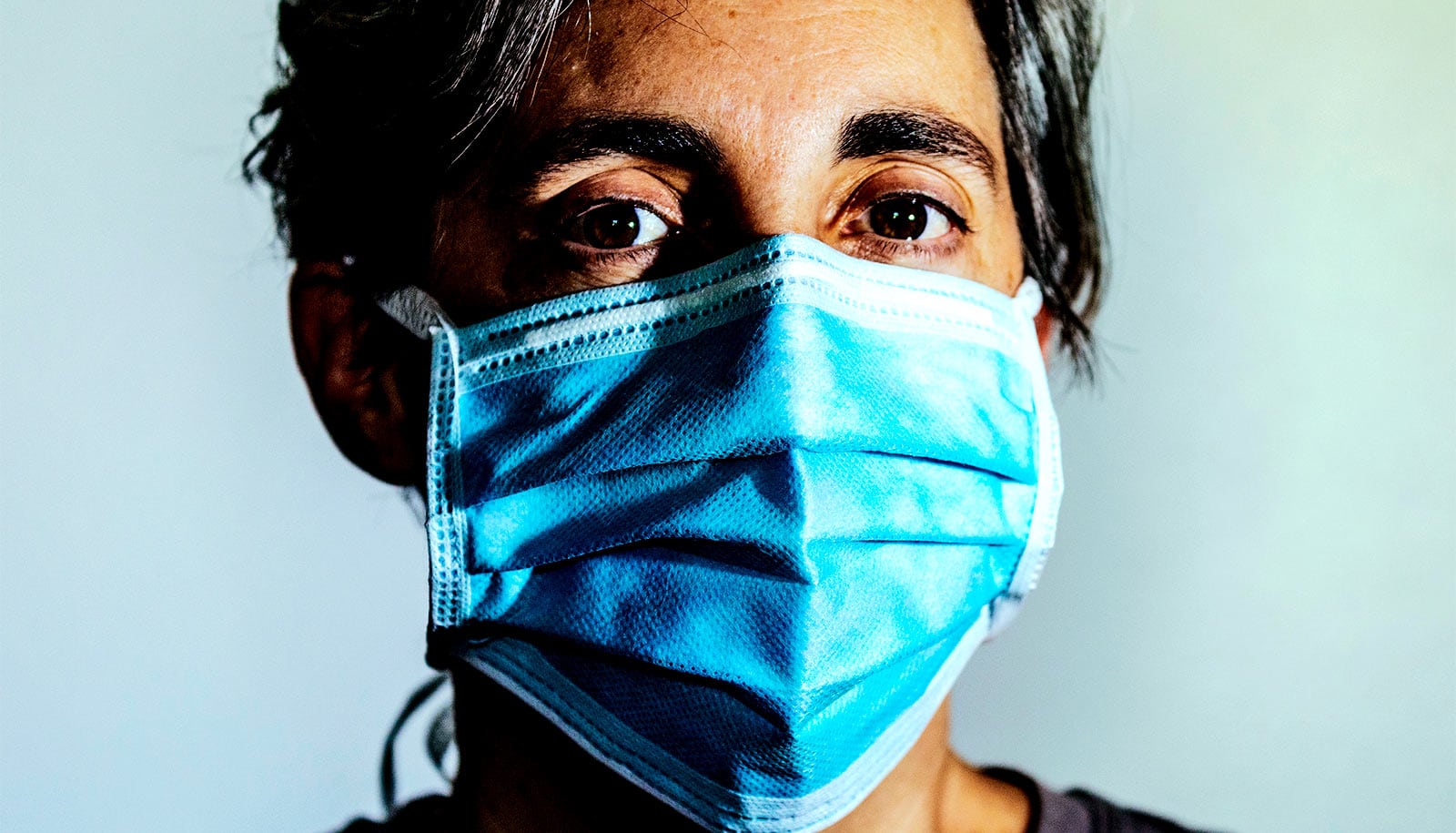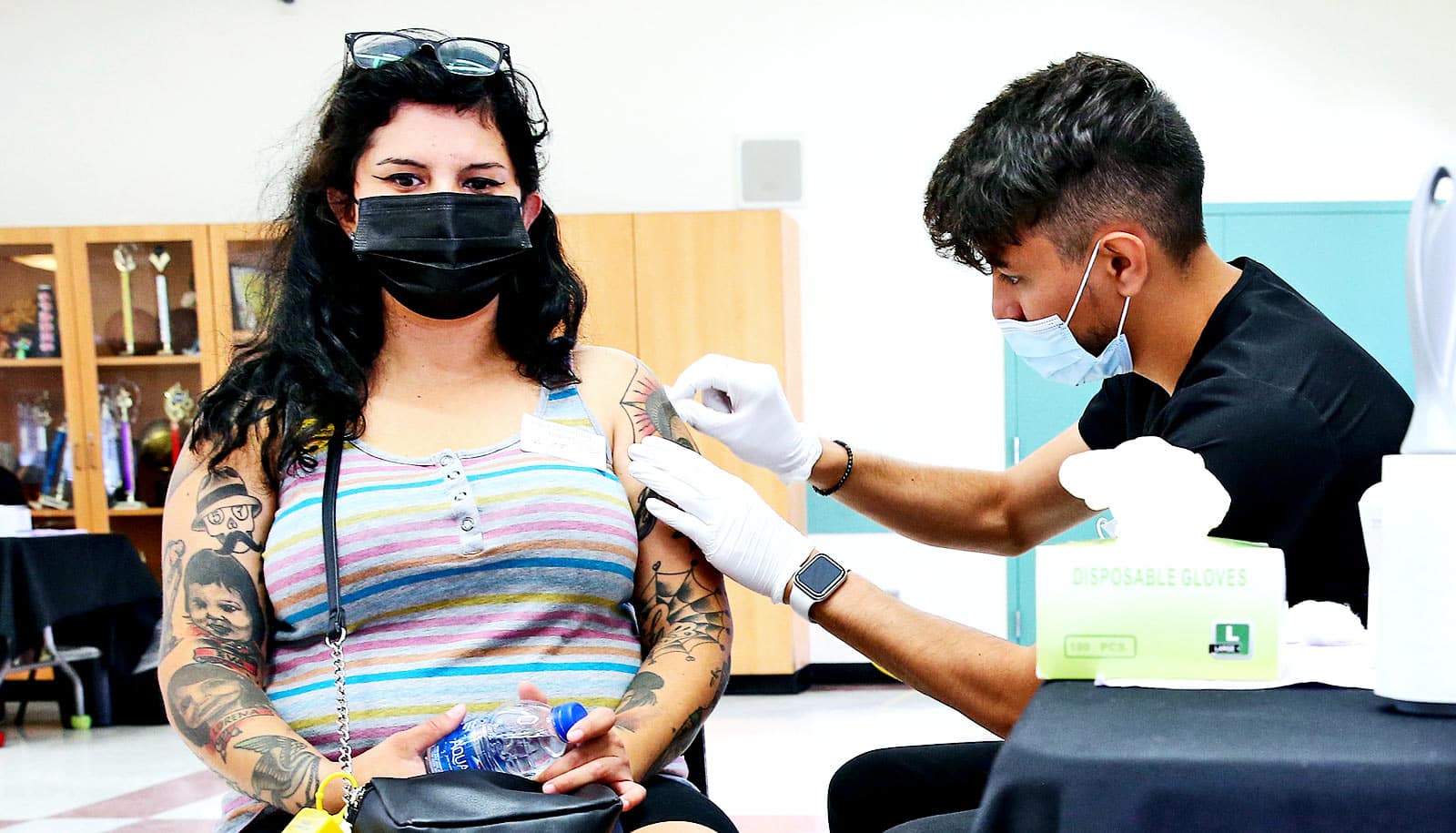Fine respiratory aerosols may play a significant role in SARS-CoV-2 transmission, researchers report.
Their new findings show SARS-CoV-2 particles can be aerosolized by an infected person during talking and singing. The researchers also find that fine aerosols (less than 5 micrometers, or μm) generated from these two types of activities contain more viral particles than coarse aerosols (more than 5 μm).
The findings of this study demonstrate that exposure to fine-particle aerosols needs to be mitigated, especially in indoor environments where airborne transmission of SARS-CoV-2 is most likely to occur. Reducing exposure to fine respiratory aerosols is possible through interventions such as universal masking, physical distancing, increased room ventilation, more efficient filtration, and appropriately applied air-cleaning technologies.
“While previous studies have established the relative amount of aerosols (or the amount of particles) produced through similar activities, they did not measure the amount of SARS-CoV-2 virus particles generated,” says project leader Tham Kwok Wai, an associate professor in the department of the built environment at the NUS School of Design and Environment.
“To our knowledge, this is the first study to quantify and compare SARS-CoV-2 particles in aerosols generated through breathing, talking, and singing. Therefore, our team’s work provides a foundation for estimating the risk of transmission of infection.”
Singing into the Gesundheit-II
The study appears in the journal Clinical Infectious Diseases. It involved 22 COVID-19 positive patients who were admitted to the National Centre for Infectious Diseases (NCID) from February to April 2021. The NCID was the research site that selected and recruited the patients and performed whole genome sequencing to determine their viral strains of infection.
The participants had to perform three separate expiratory activities on the same day. These activities involved 30 minutes of breathing, 15 minutes of talking in the form of reading aloud passages from a children’s book, and 15 minutes of singing different songs, with rest between activities.
The participants carried out these three activities using a specially designed exhalation collection equipment known as the Gesundheit-II. This equipment was made available for this research by its inventor Professor Donald Milton from the University of Maryland, who is one of the coauthors of the paper and a collaborator on the project. In the studies, participants were required to place their head at the cone-shaped inlet of the equipment. This cone served as a ventilation hood where air is continuously drawn around the participant’s head, allowing the collection of expiratory particles into the connecting sampler.
Aerosols were collected in two size fractions, namely coarse (more than 5 μm) and fine (less or equal to 5 μm). The sample viral load was quantified using a method known as reverse transcription-quantitative polymerase chain reaction.
“We observed that COVID-19 patients who are early in the course of illness are likely to shed detectable levels of SARS-CoV-2 RNA in respiratory aerosols. However, person-to-person variation in virus emission was high. Some patients surprisingly released more virus from talking than singing,” says project co-leader Kristen Coleman from Duke-NUS Medical School.
“It has thus far been difficult to directly show how SARS-CoV-2 can be transmitted,” adds Mark Chen, head of the NCID Research Office at the National Centre for Infectious Diseases.
“Through the coordinating efforts of one of our resident doctors, Dr. Sean Ong, and the support of our nursing team and patients, we were able to study key high risk activities like talking and singing while ensuring the safety of the patients and staff involved. The end result provides direct measurements to show that besides respiratory droplets, virus particles emitted in exhaled breath and vocalization activities are likely important mechanisms for transmitting SARS-CoV-2.”
Fine respiratory aerosols and the Delta variant
The research team recommends a multi-layered approach of control measures to decrease the risk of airborne SARS-CoV-2 transmission.
“Although our attempts to grow infectious virus in cell culture were unsuccessful, our studies can provide an important baseline to guide infection prevention activities,” explains professor Paul Tambyah from the NUS Yong Loo Lin School of Medicine, a coauthor of the paper.
“In situations involving singing, safe distancing among singers, as well as the averting and filtering of airflow from choir to audience, such as by deploying air curtains, are important considerations. For situations involving talking, determining airflow patterns and minimizing exposure through seating and furniture configurations, distancing, and air movement alteration, such as fans, including desk fans, are practical options that can be taken to lower the risk of SARS-CoV-2 transmission,” says Tham.
The researchers plan to use the same methods to determine if the aerosol viral load associated with the new variants, especially the Delta variant, is higher than previous strains.
The research also involved collaborators from the NUS Yong Loo Lin School of Medicine departments of microbiology and immunology, otolaryngology, and medicine, Tan Tock Seng Hospital, National University Health System, as well as the Institute of Molecular and Cell Biology at the Agency for Science, Technology, and Research (A*STAR). Support came from the Singapore National Medical Research Council and NUS.
Source: National University of Singapore



